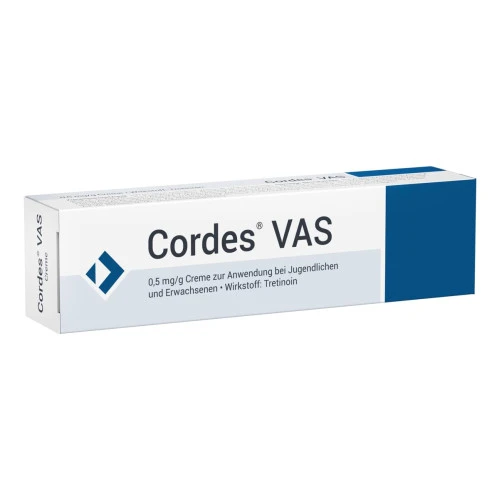The medicine is a non-steroidal anti-inflammatory dermatological gel. It is applied to the skin to treat a skin problem known as actinic or solar keratosis, which is caused by excessive sun exposure over a long period of time.
The medicine cannot be used
if you are allergic to diclofenac, benzyl alcohol, or any of the other ingredients of this medicine.
If you have ever had an allergic reaction such as a skin rash (hives), trouble breathing (shortness of breath), or a runny nose (allergic rhinitis) after taking aspirin or another nonsteroidal anti-inflammatory drug.
if you are in the last 3 months of pregnancy.
The medicine is not suitable for children.
Always use the gel exactly as directed by your doctor. If you are unsure, consult your doctor.
Unless your doctor tells you otherwise, the medication may be used twice daily. When applying the gel to the skin, you may notice a slight cooling effect.
Duration of use
The usual treatment period is 60 to 90 days. The maximum effect was achieved with a treatment period of about 90 days. Complete healing may take up to a month after treatment ends.
If you used more than you should
If the recommended dosage is significantly exceeded when applied to the skin, the gel should be removed (for example, with a paper towel, thrown in the trash) and rinsed with water.
If you forgot to use it
Continue to use it as directed, but do not use double the amount to make up for a missed use.
Warnings and Precautions
Please talk to your doctor or pharmacist before using the medicine.
The possibility of systemic side effects after using the gel cannot be ruled out if the drug is used on large areas of the skin and for a long period of time. Consult your doctor if you:
have or have ever had a gastrointestinal ulcer or gastrointestinal bleeding,
have problems with the heart, liver or kidneys,
you easily experience any bleeding disorders or bruises.
When using the product, avoid direct exposure to sunlight and visiting solariums. If skin reactions occur, the drug should be discontinued.
Do not apply to wounds, infected skin or eczema.
The gel should not get into the eyes or come into contact with the mucous membranes of the mouth and nose, and it should not be swallowed. If this product is accidentally swallowed, seek immediate medical attention.
Stop taking the medicine and call your doctor if you develop a widespread skin rash.
After applying preparations containing diclofenac to the skin, a breathable dressing (non-occlusive) can be used. Do not use an airtight dressing.
Children and young people
There are no dosage recommendations and indications for use of the drug in children and adolescents.
Ability to drive a car and operate machinery
No special precautions are required.
pregnancy
If you are pregnant or think you may be pregnant, consult your doctor before using this medication. The gel should be used with caution in the first six months of pregnancy, but should not be used during the last three months of pregnancy.
lactation
Consult your doctor if you are breastfeeding. The drug can be used with caution during breastfeeding, but should not be applied to the breast.
If you are pregnant, planning to become pregnant, or breastfeeding and your doctor considers treatment appropriate, the gel should not be applied to more than one-third of your body and should not be used for longer than three weeks.
Before taking/using any medications, consult your doctor or pharmacist.
Before use, pierce the aluminum membrane over the opening of the tube with cap.
Gently apply a small amount of gel to the area of skin to be treated. The amount of gel required varies depending on the size of the area being treated. Typically, 0.5 grams of gel (about the size of a pea) is enough for an area of 5×5 cm. However, you should consume no more than 8 grams per day.
After applying the gel, hands should be dried with a paper towel and then washed, unless it is the area to be treated. The paper towel should be thrown away with your residual waste. This helps to significantly reduce releases of diclofenac (a water pollutant) into sewers.
Use with other medications
Tell your doctor or pharmacist if you are taking/using other medications, have recently taken/used other medications, or plan to take/use other medications.











